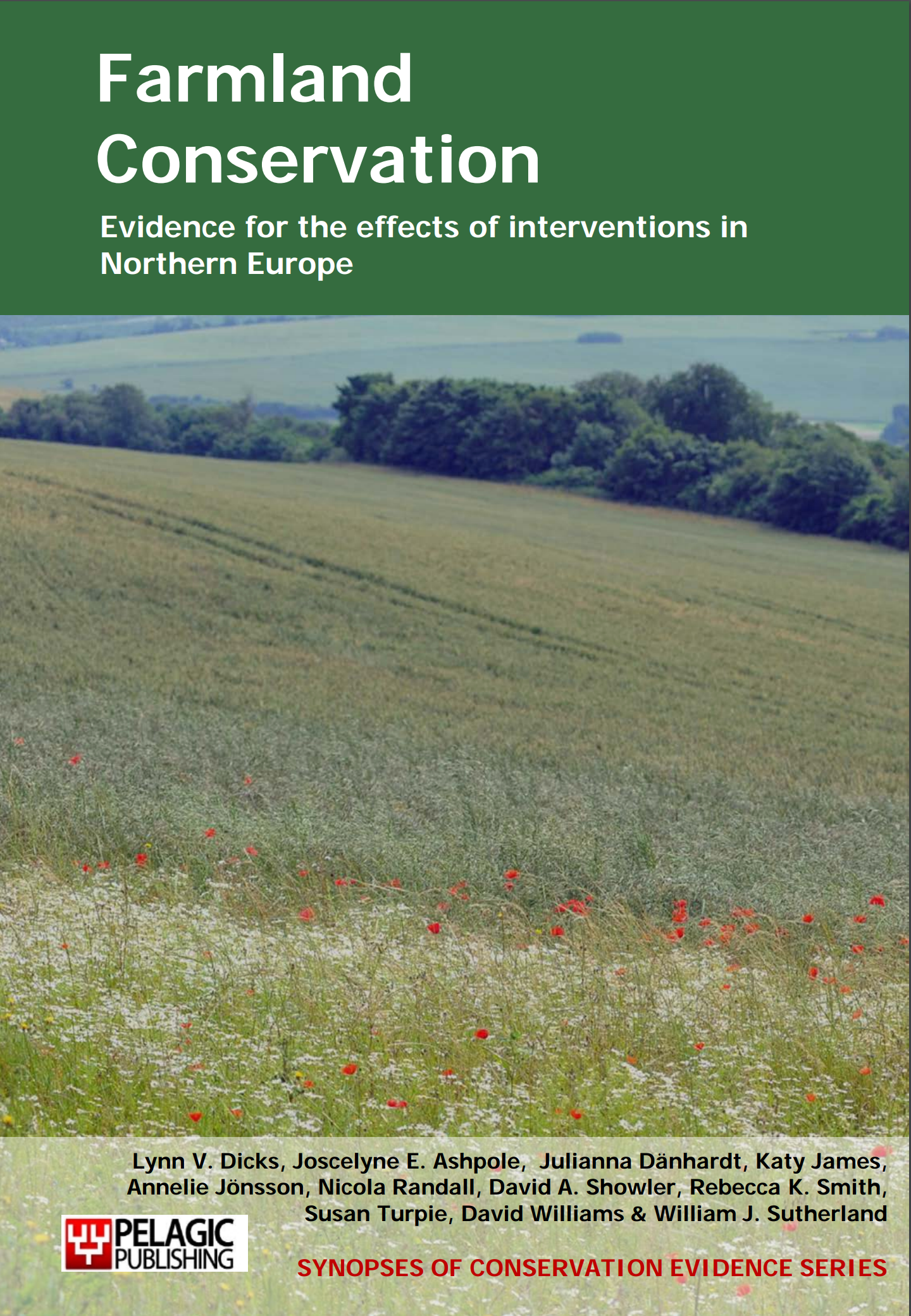Implement 'mosaic management', a Dutch agri-environment option
-
Overall effectiveness category Evidence not assessed
-
Number of studies: 2
View assessment score
Hide assessment score
How is the evidence assessed?
-
Effectiveness
not assessed -
Certainty
not assessed -
Harms
not assessed
Study locations
Supporting evidence from individual studies
A replicated, paired sites comparison in 2004–2005 on six wet grassland sites in the Netherlands (Schekkermen et al. 2008) found that the reproductive productivity of blacktailed godwit Limosa limosa was significantly higher on sites managed under a ‘mosaic management’ agri-environment scheme, compared to non-scheme sites (average of 0.28 chicks fledged/breeding pair for scheme sites vs 0.16 chicks/pair on non-scheme sites). Differences were due to higher nest survival on mosaic management sites (50% vs 33%), as there were no differences in the number of chicks hatching in successful nests (3.4 chicks/successful nest vs 3.2), or the fledging rate of chicks (11% fledging success on all sites). Nests were equally likely to be predated on scheme and non-scheme sites (32% predated vs 37%), but were more likely to be trampled or destroyed by mowing on nonscheme sites (6% vs 29%). Most fields in five scheme sites and about 50% in the sixth, had nests marked (to reduce losses due to farming activities), at nonscheme sites almost 100% of nests were marked in three, some in two, and none in one. The number of nests on different sites was not provided.
Study and other actions testedA replicated, controlled, before-and-after study in 1996–2008 in eight wet grassland areas in Friesland and Groningen, the Netherlands (Oosterveld et al. 2010) found that northern lapwing Vanellus vanellus population trends moved from a 7% annual decrease to a 4% annual increase following the introduction of mosaic management in 2000–2001. Three other species (black-tailed godwit Limosa limosa, common redshank Tringa totanus and Eurasian oystercatcher Haematopus ostralegus) did not show any change in trend after the introduction. When comparing trends on the mosaic management sites with 29 farms using individual conservation management, 46 farms with standard management and 42 nature reserves, only northern lapwing populations increased significantly more on mosaic management sites, compared to the others. Oystercatcher populations did significantly less well on mosaic management sites, compared to nature reserves.
Study and other actions tested
Where has this evidence come from?
List of journals searched by synopsis
All the journals searched for all synopses
This Action forms part of the Action Synopsis:
Farmland Conservation
Farmland Conservation - Published 2013
Farmland Synopsis





)_2023.JPG)














